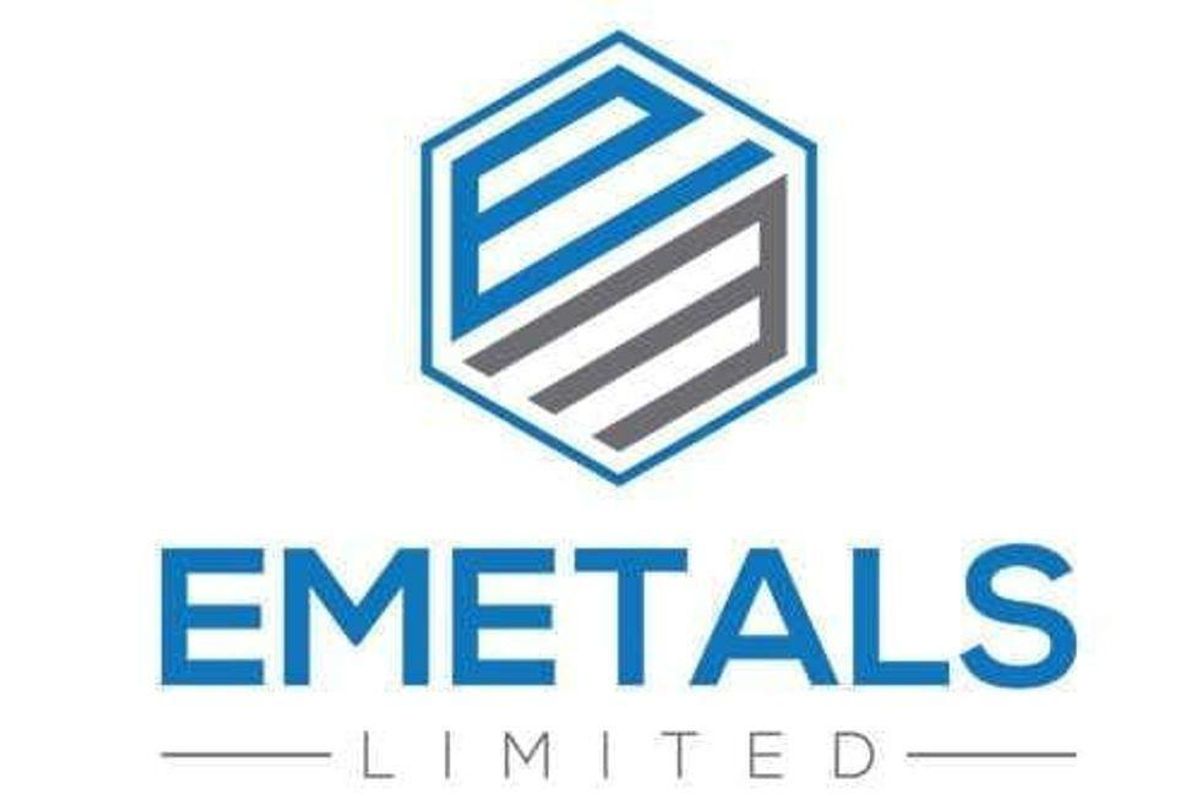The Directors of eMetals Limited (ASX:EMT)(eMetals)(Company) are pleased to announce the commencement of drilling at the Poona Project which hosts the Mughal nickel prospect and the Raj tantalum prospect.
HIGHLIGHTS
- Drilling has commenced at the Poona Project which hosts the Mughal Nickel Prospect and the Raj Tantalum Prospect.
- A total of 1,400m of drilling is initially planned at the Mughal and Raj Prospects.
- Drilling at Mughal will test Ni-Cu- PGE geochemical anomalies coincident with discrete Moving Loop EM conductors located along the northern contact of the prospective stratigraphy.
- Soil sampling at the Mughal Nickel Prospect previously returned significant results of up to 0.15% Ni, 162ppm Cu, 145ppm Co and 68ppb PGE's approximately 5 kilometres west of (and in the same ultramafic sequence as) historical exploration intercepts of 8m @ 0.72% Ni, 0.13% Co and 26ppb PGE's from 11m and 8m @ 1.0% Ni, 0.1% Co, 30ppb PGE's from 26m Wamex Report A69137. (Refer ASX Release 12 November 2020)
- The Raj Tantalite Prospect returned multiple high grade tantalite bearing pegmatites over a strike length exceeding 800m with Tantalum results from samples exceeding 179 ppm Ta2O5 and three samples in excess of 0.1% Ta2O5. (Refer ASX Release 11 February 2021)
eMetals Director Mathew Walker commented: "eMetals is excited to commence the maiden drilling program on the Mughal and Raj prospects. This represents significant progress following successful sampling work programs to identify drill targets. We look forward to providing a steady flow of results as the drill program progresses."
Click here for the full ASX release.

